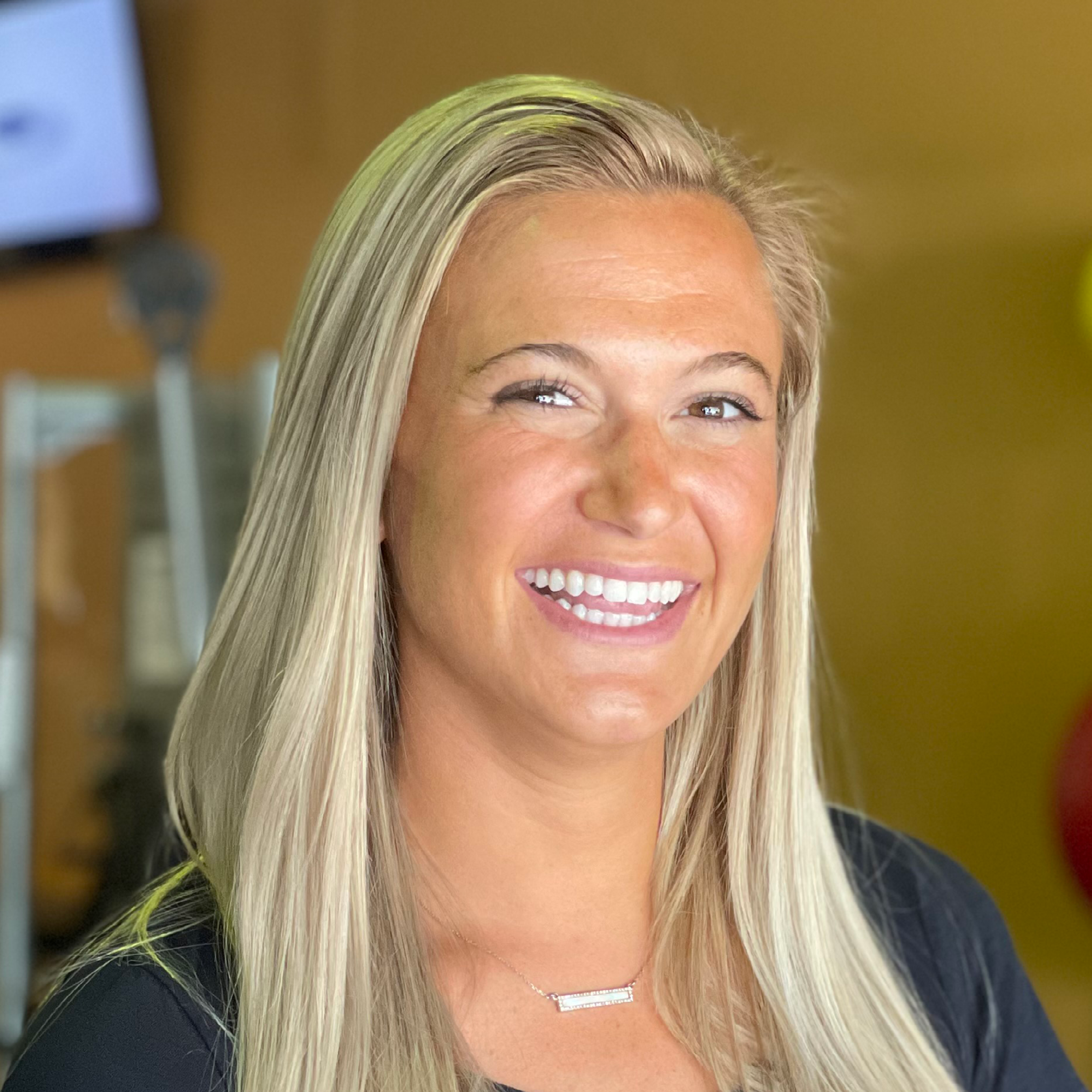And then there were 4! Today kicks off the semifinals for the most prestigious soccer tournament in the world.
This has been an incredible twenty-three days of soccer with plenty of upsets and excitement. But twenty-three days and five highly competitive games in, the remaining players of the FIFA World Cup are surely feeling the affects of both physical and mental fatigue. With the physical fatigue can often come overuse injuries.
Some of the most common overuse injuries in the sport of soccer are muscle strains. In this blog, Cresskill physical therapist, Samantha Marri, PT, DPT, discusses her experience with a soccer-related hip flexor injury.
My injury occurred my freshman year of high school soccer. I sustained a Grade 2 tear of my hip flexor from playing back-to-back games without rest and repetitive kicking motions. Overuse injuries in general are injuries that happen when too much stress is placed on a part of the body. The stress results from repeating the same motions over and over again, like kicking.
The hip flexors are a group of muscles responsible for the kicking motion. They include the iliacus and psoas major muscles (collectively known as the iliopsoas), as well as the rectus femoris which is part of the quadriceps muscle group. This group of muscles attaches from the pelvis to the femur (thigh bone) and acts to flex the hip and lift the leg.
Hip flexor injuries are very common in soccer players. The most common mechanisms for hip flexor strains are kicking, sprinting and changing directions, which are all necessary movements for a soccer athlete. When kicking a soccer ball, the hip flexor muscles will dominate during the majority of the swing to the ball as they contract eccentrically to slow the leg’s backswing and become concentric as the kick approaches the ball. This can cause micro-injuries to the hip flexor during play and can accumulate to a tear when athletes haven’t rested enough between games.
Muscle strains are graded by level of severity, ranging from Grade 1 (mild damage to individual muscle fibers) all the way to Grade 3 (which is a complete rupture/tear to a muscle or tendon). With a Grade 2 sprain, the injury is more extensive damage compared to a Grade 1, but the muscle is not completely torn. The symptoms of a hip flexor tear or strain include pain when lifting the leg to the chest, swelling, bruising or tenderness in the hip or thigh area. Muscle spasms can also occur in the hip when walking or running.
My injury was diagnosed by an MRI. My doctor recommended I manage my injury with physical therapy. I went to PT for six weeks. My therapist performed Graston Technique on my hip flexor. Graston is an instrument-assisted soft tissue mobilization that enables clinicians to break down scar tissue and fascial restrictions. A stainless-steel tool is used release tension in the muscle, reduce swelling, relax muscle spasm, stimulate blood circulation, and realign the muscle fibers to promote healing. While it can be very uncomfortable while being performed, I experienced instant relief afterwards with improved mobility.
My physical therapist and I also focused on restoring range of motion with stretches and increasing overall hip strength. The main challenge for me when returning to sport was trying to not come back too early. I had the mentality of “no pain, no gain” and wanted to return as quickly as possible. My therapist had to educate me on the importance of the healing process and how active rest would get me back to soccer. She cleared me to return when I was able to demonstrate proper running and jumping form with no pain. I was able to return to the end of my high school soccer season to play in the playoffs.
I always knew I wanted to be in the healthcare profession, but after going to PT myself, I realized that I wanted to become a physical therapist. My physical therapist was wonderful! She made sure my exercises had a purpose and were sports related so I could get back to the playing field. After being a patient at the clinic, I returned to do some observation hours to ensure that physical therapy was something I wanted to continue as a career. That experience allowed me to see that I wanted to help other athletes return to sport. Ten years later at my last clinical as a PT student, I ran into my physical therapist. I was so happy to thank her again for all her hard work and tell her that she was the reason I wanted to become a PT.


Samantha Marri earned her Doctorate of Physical Therapy from the University of Scranton. A former Division III soccer player, Samantha is passionate about working with athletes, runners, and individuals suffering from orthopedic injuries. She is a Certified Running Gait Analyst and also holds certifications in Blood Flow Restriction therapy and vestibular/concussion rehabilitation. Learn more about Samantha.

